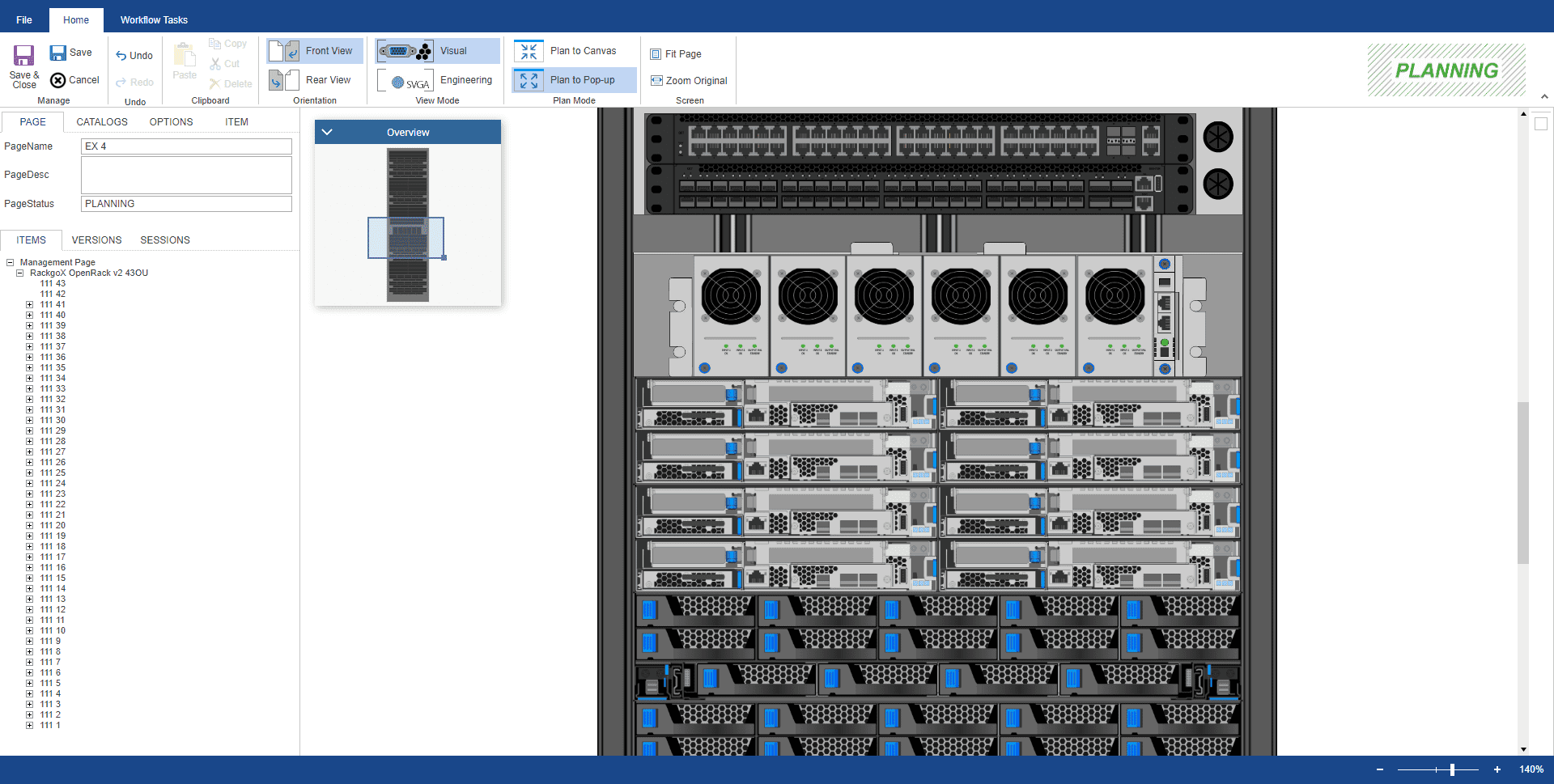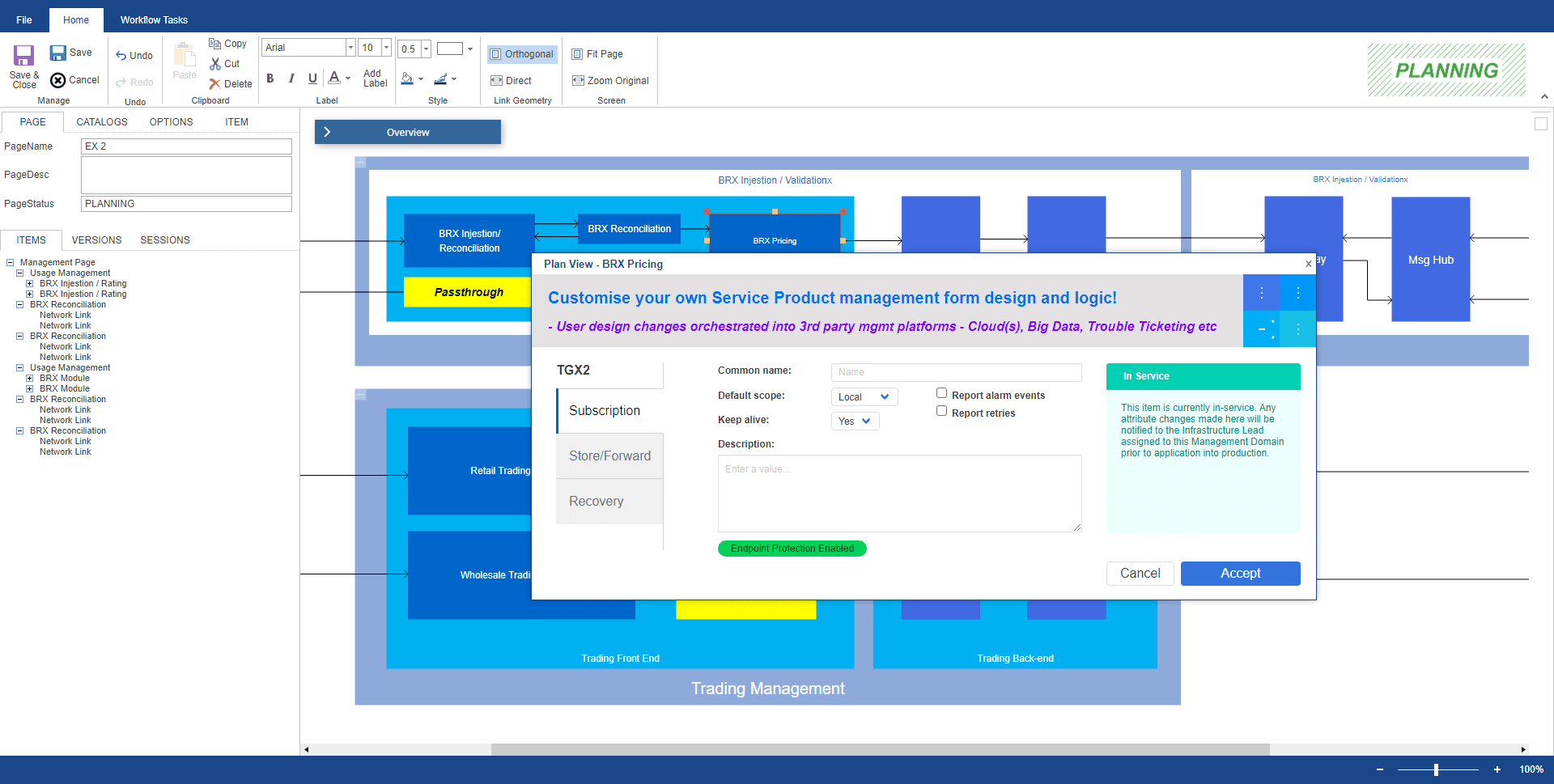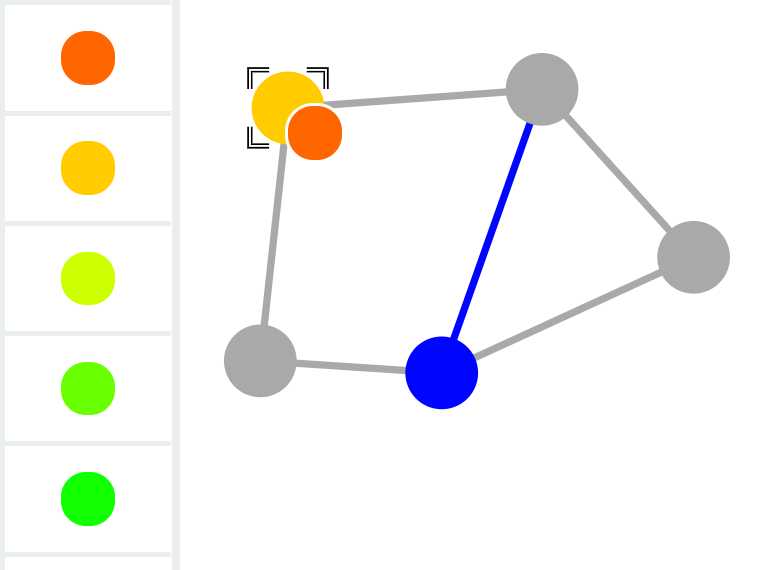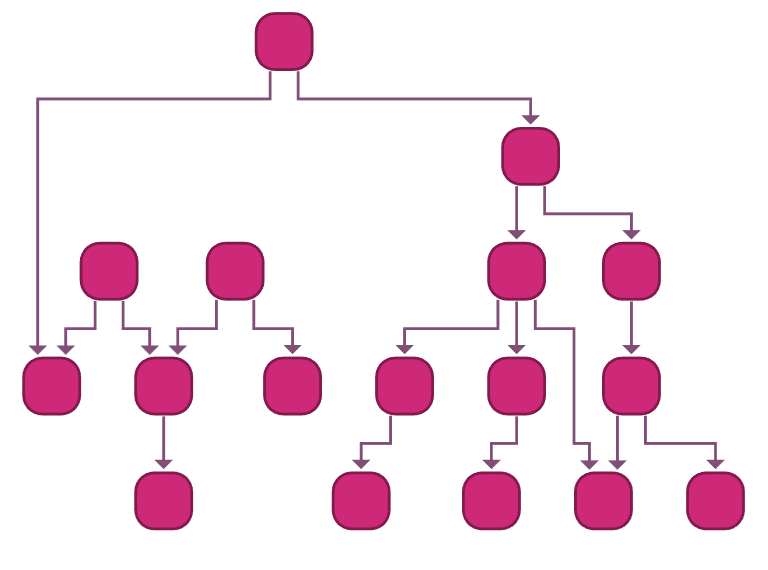How ArenaCore supports collaborative development of ICT solution architectures
A forward-thinking startup has created an intuitive platform to support ICT providers, especially public clouds. With ArenaCore, companies can design, order, and implement components for their overall infrastructure, and plan the placement of service elements within a service mesh. All changes are clearly tracked. Team members can be included in critical workflow steps at the appropriate time, enabling very efficient teamwork and minimizing errors. ArenaCore also makes it easy to integrate current and future technologies into multi-vendor design environments.
Far away, so close: remote collaboration
What is ICT?
Information and communication technology (ICT) is used to transmit, store, create, or share information. ICT includes telephony, computers, the Internet, and all types of broadcasting – from radio to podcasts.
Adapted from: UNESCO
Most of us probably get a helpless, sinking feeling when we hear “server not available”. Our business and personal lives increasingly depend on connectivity, so information and communication technology (ICT) providers work hard to keep downtimes low. For successful delivery of ICT services, a good solution design is absolutely essential. But to this day, the associated process steps are often manual, and carried out by individuals. This is not only inefficient – errors can have far-reaching effects.
Collaborative development of logical and physical ICT solution architectures – across all relevant team members and suppliers – is the way to go. The Australian startup ArenaCore offers an online platform for exactly this purpose. Within the ArenaCore platform, ICT providers can even generate and track field engineering tasks, thus depicting the as-built state of operational infrastructure. And this, in turn, facilitates future design changes to the in-place environment.
 Field service engineer at work
Field service engineer at workThe platform supports solution design activities in both the physical and the logical layer. For example:
- A public cloud provider can use it to design, order, and implement new (or additional) Compute, Storage, and Network capacity in their overall infrastructure.
- An application architect can plan the placement of additional service elements within an existing service mesh.
Who's the BOSS?
In telecommunications, B/OSS stands for “business support system and operations support system”.
The BSS is a customer-facing system: It deals with taking orders, billing, and customer relationship management.
The OSS is a network-facing system: It handles network operations, network inventory, and order management.
In addition, the platform integrates with, and drives, downstream ordering/fulfillment processes, and monitoring/configuration platforms. Available as SaaS (software as a service), ArenaCore is a scaled-down B/OSS platform. These platforms are common and well-understood in the telco industry, but ArenaCore is designed for customers outside this industry – those with little to no grasp of B/OSS advantages. Of course, telco organizations have been operating at very large scale for many decades and have needed to evolve their infrastructure design and delivery platforms accordingly. It is only more recently that non-telco organizations have grown their ICT workloads to the point where creation, management, and control of infrastructure design information also needs to evolve towards a common unified platform that supports automation, visibility, traceability, and efficiency goals.
Needs & objectives
Needs analysis
- Manage the solution design diagram across time (track all changes since inception)
- Recall and manipulate changes visually, within business rule constraints
- Demonstrate B/OSS advantages to customers unfamiliar with the technology
Objectives
- Improve solution design in terms of consistency, collaboration, and accessibility
- Improve automation: review/approve cycles, event-driven ordering, engineering layer service activation
- Structured inventory management
Wanted: strong visualization and editing capabilities
ICT solution designs are, by nature, graph-oriented. Although the solution design diagram is commonly perceived as simply nodes and edges, these elements are managed across the dimension of time, as well. Every single change is tracked and managed, and can be recalled and manipulated visually – within the constraints of applicable business rules. The Managing Director of ArenaCore, Evan Linwood, identified several potential SDKs for diagramming, but only one delivered the visualization and editing capability he needed. “It is obvious,” he explains, “that yFiles is still the superior product in this category, especially in terms of engineering quality, functional capabilities, efficiency, cross-platform support, and in-depth customization.”
 The knowledge and capabilities within the yWorks team are of very high caliber. Having access to their
expert support team lets us implement even the most challenging, customized UI logic.Evan Linwood, Managing Director, ArenaCore
The knowledge and capabilities within the yWorks team are of very high caliber. Having access to their
expert support team lets us implement even the most challenging, customized UI logic.Evan Linwood, Managing Director, ArenaCore
Expert support where it counts
Most development effort has been focused on creating the platform’s physical and logical solution designers, which are built on yFiles. “The capabilities and ongoing evolution of the yFiles product suite have been a very important part of the ArenaCore journey,” Evan Linwood shares. Because the platform needed numerous customized behaviors, he sent many support requests to yWorks over the years – and “core developers always responded very promptly and concisely.”
Test and experience yFiles free of charge!

- Free support
- Fully functional
- 100+ source-code examples
Getting down to details
ArenaCore (the platform) supports both “physical” and “logical” visual design perspectives. A “physical” design depicts photo-realistic front and rear viewpoints of the equipment involved. This could include any mix of Compute, Storage, and Network equipment – meaning servers, storage systems, routers and switches etc. Additionally, “plan” viewpoints depict the internal components.

A “logical” design, on the other hand, depicts software components and their containment and interconnection relationships. A free-form style is used, less naturalistic. yFiles’ extensive customization capabilities made it easy to have a completely different look for both designs, even when basing them on the same underlying data. For the physical design, the overview was customized to show a more recognizable miniature view.

Explore the variety of interactive gestures of yFiles: Drag and drop demos
Drag and drop demos
For either design perspective, sub-components and communication links can be added and moved very simply: drag-and-drop gestures. Users familiar with other popular diagramming tools will feel right at home. These gestures are offered out-of-the-box by yFiles and can be easily customized to suit specific requirements.
 yFiles offers exactly what we need in terms of engineering quality, functional capabilities, efficiency,
cross-platform support, and customization.Evan Linwood, Managing Director and Founder of ArenaCore
yFiles offers exactly what we need in terms of engineering quality, functional capabilities, efficiency,
cross-platform support, and customization.Evan Linwood, Managing Director and Founder of ArenaCore
yFiles is available for 5 different platforms and technologies:
HTML, JavaFX, Java (Swing), WinForms, and WPF
The platform backend is essentially a Java-based architecture, and the primary frontend is based on HTML5. User experience is “heavily dependent on the capabilities and efficiency of yFiles as the underlying visualization and manipulation engine,” as Linwood explains. “Wherever we needed additional behaviors, yFiles offered a highly structured approach.” yFiles for HTML is a completely client-based platform, so integration of the backend and the frontend is only necessary for the raw data provided by the backend.
Discover the yFiles graph layout algorithms here: Layout styles demo
Layout styles demo
yFiles can easily be adapted to any data format with just a few lines of code. All graph layout algorithms also run client-side with good performance, so changes to the backend just to accommodate the graph UI have not been necessary. This enables rapid iteration of how the frontend looks and feels to users without having constantly go back and forth between both areas.
The ArenaCore platform was released to early experience users in September 2021. So far, feedback has been very positive. Some users say that this is the first such tool they’ve identified on the market; others have praised the wide range of capabilities supported. Moving into 2022, the platform will reach out to a wider audience, acquainting them with a new level of support in the domain of managed solution design. Given the fast pace of innovation in ICT, the extendable nature of the ArenaCore platform will allow it to evolve and grow as is required, perhaps in ways that are not even imagined yet. This is an exciting time for such a structured, visual tool – and it’s all made possible through yFiles.
ArenaCore Pty Ltd is an Australian startup organization offering B/OSS design, development, implementation, and management services. Their ArenaCore platform makes it possible to integrate current and new information and communication technologies (ICT) as they evolve, into a common multi-vendor solution design environment.














